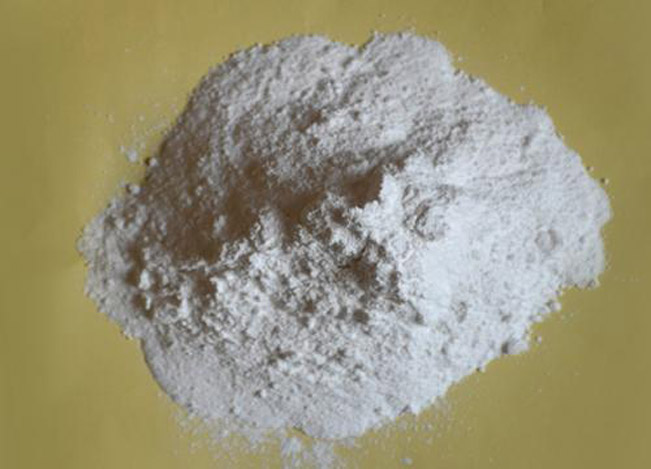As of December 19, the average ex factory price of domestic local refining hydrogenated naphtha mainstream was 7,221.50 RMB/ton, down 1.94% from 7,364.00 RMB/ton on December 12. The actual transaction price of local refining hydrogenated naphtha was about 7,100-7,200 RMB/ton.
As of December 19, the average ex factory price of domestic straight run naphtha mainstream was 7,051.50 RMB/ton, down 0.11% from 7,059.00 RMB/ton on December 12. The actual transaction price of local straight run naphtha was about 7,000-7,100 RMB/ton.
On December 19, the naphtha commodity index was 89.13, down 2.22 points from the previous day, 26.73% from the cycle's highest point of 121.64 (2022-03-10), and 111.01% from the lowest point of 42.24 on July 19, 2016. (Note: the cycle refers to the period from September 1, 2012 to now)
At the beginning of last week, due to the callback of international crude oil, the downstream terminal just needed replenishment, and the price of locally refined naphtha rose; At the weekend, international crude oil fell sharply, terminal replenishment was basically completed with a negative market mentality, and the price of locally refined naphtha fell sharply.
Upstream: The international crude oil price rose. The US ISM non manufacturing index unexpectedly increased in November, reflecting that the domestic economy is still resilient. The continued economic boom has triggered market concerns about the Federal Reserve's transition from "dove" to "eagle", which may disappoint the Federal Reserve's previous desire to slow down interest rate hikes. The market provides the basis for the Federal Reserve to curb inflation and maintain the monetary tightening path. The activity of American oil and gas drilling platforms has decreased, OPEC+has maintained its production reduction measures, and the recent international crude oil market has experienced a "six consecutive declines" or a technical rebound that temporarily supported oil prices. However, because the inflation index is still higher than expected, the probability of the Federal Reserve continuing to raise interest rates by 50 basis points is still high. In addition, in the context of the increased risk of global economic recession, the slowing down of demand growth in the future is a certainty. The overall economy is weak, and the prospect of energy demand is still not optimistic. The economic weakness has depressed oil prices.
Downstream: According to the monitoring of SunSirs, toluene rose slightly last week, with the price at 6,170 RMB/ton on December 19 and 6,130 RMB/ton on December 12, up 0.65%. The price of mixed xylene continued to decline last week. On December 19, the price was 6,890 RMB/ton, and on December 12, the price was 6,990 RMB/ton, down 1.43%. In the PX market, the price trend was stable last week. As of the weekend, the domestic ex factory price of paraxylene was 7,450 RMB/ton.
According to the energy analysts of the Business Society, the price of locally refined naphtha rose as the downstream terminal just needed replenishment due to the callback of international crude oil at the beginning of last week; At the weekend, international crude oil fell sharply, terminal replenishment was basically completed with a negative market mentality, and the price of locally refined naphtha fell sharply. At present, the logistics in many places across the country has not recovered, the market has a strong wait-and-see mood, and the transaction is cautious. It is expected that naphtha refining in the near future will be weak in China.




















Comments